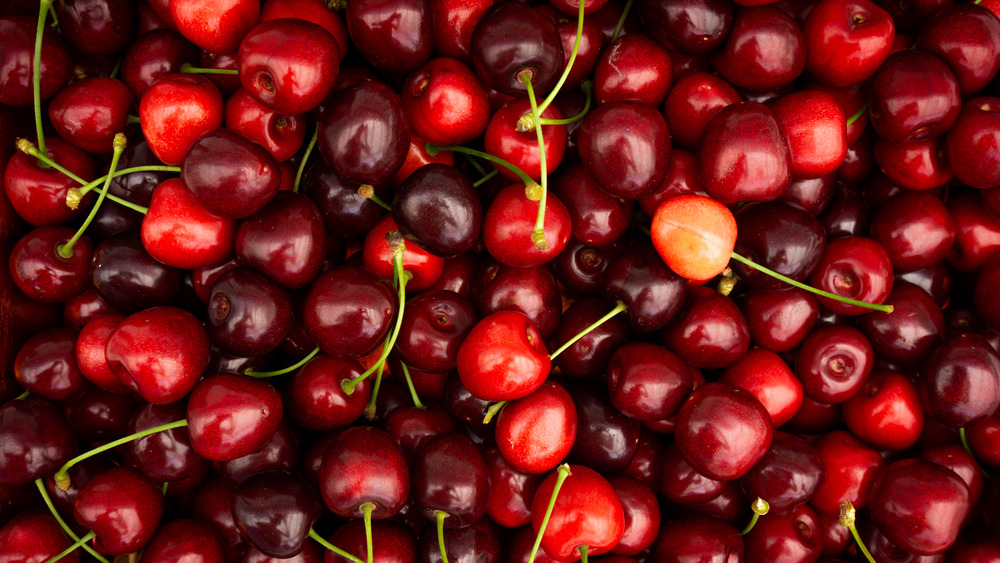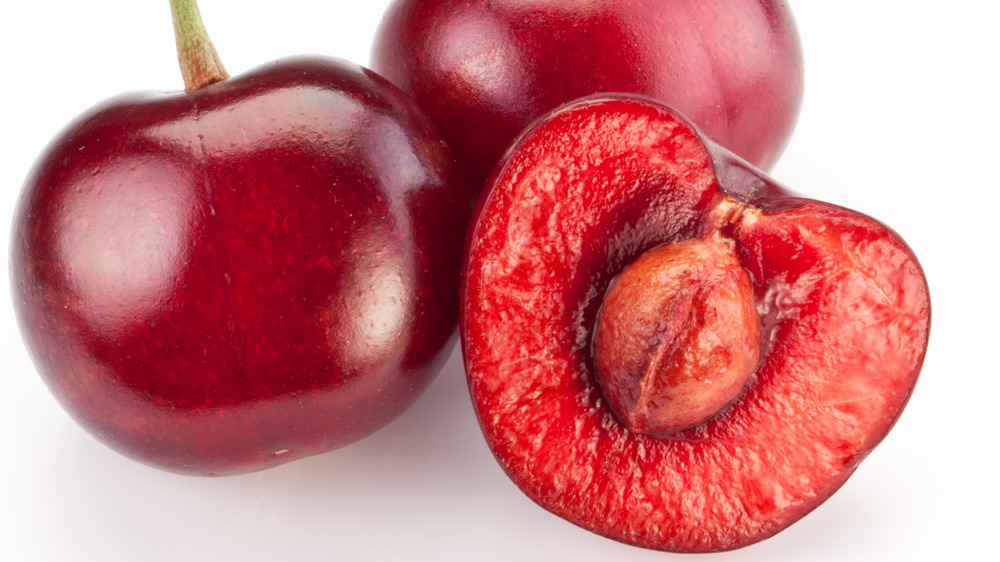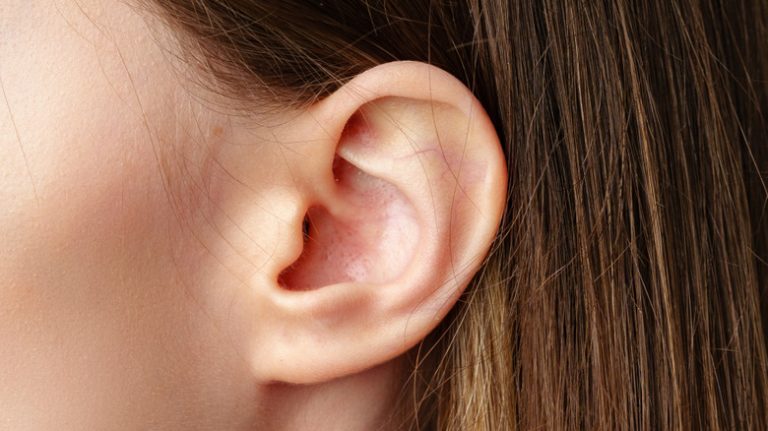
Bake them into a pie, blend them into a smoothie, or top your oatmeal with them… no matter how you consume them, cherries are absolutely delightful. They pair well with a variety of foods, from meats to desserts to beverages. When they’re in season, cherries are like tiny, natural candies, which makes one curious about the effects of overindulgence.
As for cherries, the consequences of overeating are minimal. According to Nutrition Value, a cup of pitted cherries contains 97 calories, which includes about 25 grams of carbohydrates (20 grams of natural sugar and 3.2 grams of fiber) and 1.6 grams of protein. When measured against your daily intake recommendations, one cup of cherries constitutes roughly 9% of your daily carbohydrate intake, 3% of your daily protein intake, and a substantial 11% of your daily fiber requirement.
That’s a favorable ratio for such a sweet indulgence. By comparison, a 20-ounce Coke bottle contains 65 grams of sugar (24% of your daily intake), and it lacks fiber and protein, as stated on Coca-Cola’s website. To match that sugar amount with cherries, you’d need to consume about two and a half cups of pitted cherries. While this might not seem excessive, pitting cherries can quickly add up.
Good and Bad News About Fiber and the Pits

Clearly, calories and sugar aren’t the primary concerns with cherries. Instead, issues arise from their fiber content. A cup of cherries provides 11% of your daily fiber intake, which is beneficial since many Americans consume insufficient fiber, according to a 2016 study by Diane Quagliani in collaboration with The Kellogg Company.
The study promotes increased grain consumption, but fruits and vegetables are also excellent fiber sources. It’s essential to include enough fiber in your diet, but overconsumption can lead to uncomfortable side effects. As explained by gastrointestinal (GI) dietitian Kate Scarlata to Food Network, excessive fiber can result in painful gas, bloating, and even GI distress, manifesting as constipation or prolonged bathroom visits.
But that’s the worst you might encounter unless you consume the pits. According to the The National Capital Poison Center (NCPC), swallowing an intact cherry pit isn’t problematic; it will pass through your system before your stomach acid can compromise its shell. However, ingesting crushed or broken pits is another matter. The NCPC notes that consuming a broken pit allows your body to metabolize the chemicals within, producing cyanide. There’s no definitive guideline on how many pits are “safe” before cyanide poisoning becomes a risk, so it’s best to avoid them altogether.
The bottom line? As long as you steer clear of the pits and monitor your fiber intake, you can savor as many cherries as you’d like.




